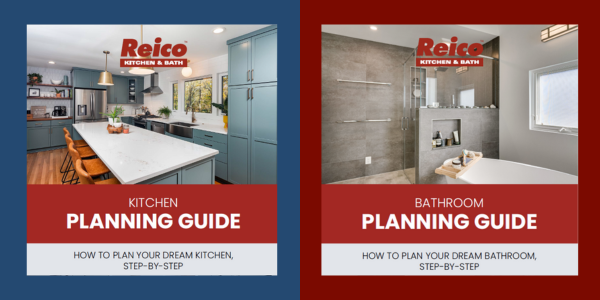Starting a bathroom remodeling project is exciting, but having a solid plan is crucial. Before diving in, it's important to outline your goals and what you hope to achieve.
Using this easy-to-follow guide on how to plan a bathroom remodel will help you navigate each stage of your project smoothly. Whether you're planning minor updates or a complete overhaul, following this checklist helps ensure that your bathroom remodeling project stays on track and results in a beautifully renovated space that meets your needs and preferences.
1. Assess Your Needs and Goals
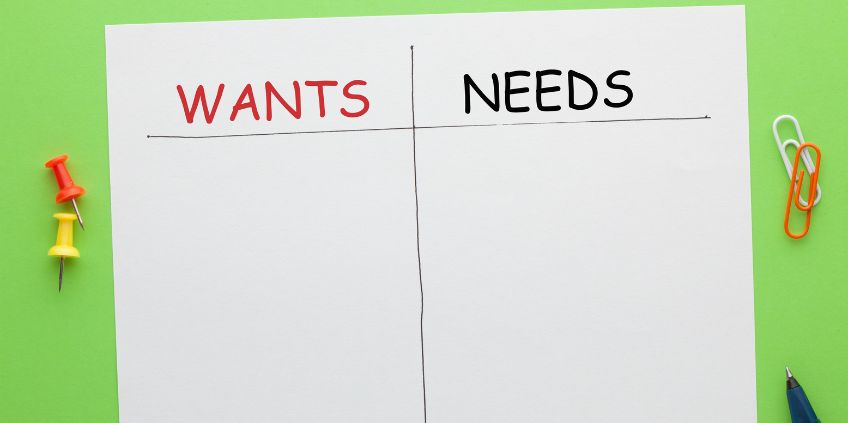
Identify Your Needs:
Take a moment to reflect on why you want to renovate your bathroom. Are you looking to enhance its functionality, increase storage space, or simply give it a fresh new look? By pinpointing your primary motivation, you can better prioritize your renovation goals and ensure that your project meets your needs and expectations.
Set Clear Goals:
Once you've identified your needs, it's time to set clear and achievable goals for your renovation. Make a list of the main objectives you hope to accomplish with your new bathroom design. Are you aiming to improve accessibility for elderly family members or guests? Perhaps you want to add a second sink to streamline your morning routine, or maybe you dream of creating a luxurious spa-like retreat for relaxation.
Having clear goals will not only help you stay focused throughout the renovation process but also provide valuable guidance when making decisions about design, layout, and budget.
2. Budget for Your Remodel

Budgeting for your bathroom remodel is a fundamental step that requires careful consideration and planning. Here's a detailed breakdown to help you navigate this crucial phase:
- Determine Your Budget: Before diving into any remodeling project, it's essential to establish a realistic budget. Set a budget that aligns with your financial resources. Factor in how much you're willing to invest in your bathroom renovation, keeping in mind that costs can vary based on the scope of the project and your desired outcomes. Setting a budget will help guide your decision-making process and ensure you stay within your financial means. Need more guidance? Visit our Bathroom Budgeting page.
- Break Down Costs: Once you've determined your overall budget, it's time to break down the costs associated with your remodel. Consider all major expenses, including fixtures, labor, and materials. Research the average costs for each component to get a better understanding of where your money will be allocated. Additionally, don't overlook costs such as permits, delivery fees, and unforeseen work once the project starts.
- Explore Financing Options: If your budget doesn't cover the full cost of your remodel, don't worry—there are various financing options available to help you fund your project. Consider taking out a loan or using credit to finance your renovation. Evaluate the pros and cons of each option and choose the one that best fits your financial plan and long-term goals. Keep in mind that financing your remodel can provide flexibility in terms of payment schedules and may allow you to tackle larger-scale projects that exceed your immediate budget.
Ultimately, budgeting for your bathroom remodel requires careful planning and consideration of your financial resources. By determining your budget, breaking down costs, and exploring financing options, you can start your renovation journey with confidence.
3. Design Your New Bathroom
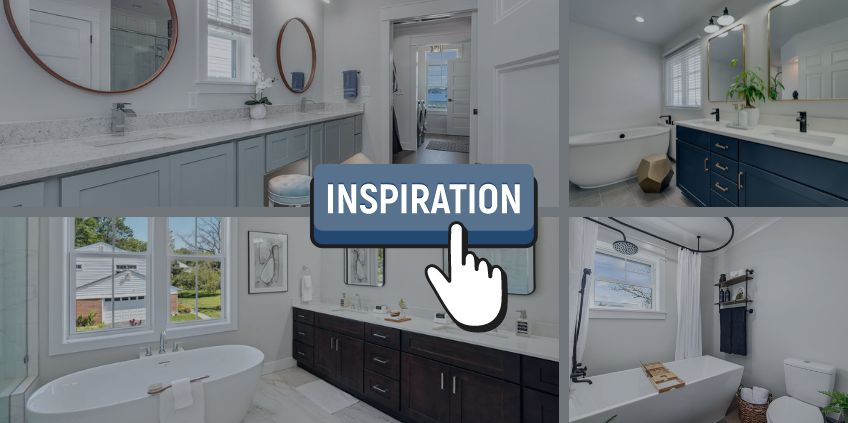
Research and Inspiration
Gather inspiration from various sources to help shape your vision. Platforms like Pinterest, home improvement magazines, and design websites are treasure troves of ideas. Pay attention to color schemes, layouts, and fixture styles that catch your eye. This initial research will lay the foundation for your design decisions.
You can also visit our bathroom gallery for bathroom remodel ideas and inspiration. From large primary bathrooms to small bathrooms and powder rooms, spark your creativity and visualize the possibilities for your space. Looking for practical solutions for bathroom storage? Our cabinet accessories gallery has plenty of ideas on storage solutions to enhance both the functionality and style of your bathroom vanity or other areas in your remodel.
Create a Wish List
Once you've gathered inspiration, it's time to create a wish list for your new bathroom. Start by listing your must-haves – these are the features and fixtures that are non-negotiable for your remodel. Then, add in your nice-to-haves – these are elements that would enhance your space but aren't essential. Prioritize your list based on your needs and preferences. This exercise will help you stay focused during the planning process and make informed decisions about where to allocate your budget.
Work with a Professional
Enlist the expertise of a professional designer to bring your vision to life. A designer can provide valuable insights, help you navigate design challenges, and ensure your bathroom is both beautiful and functional. They'll work closely with you to understand your needs, style preferences, and budget constraints.
Choosing the right contractor is crucial for the success of your bathroom remodel. Our Reico Kitchen & Bath team offers design, product and installation services tailored to your needs and budget. Whether you're starting from scratch or refreshing your existing space, our experienced designers will collaborate closely with you on any size project.
Already have a contractor or an interior designer in mind? We're happy to work with them too. Our flexible approach allows us to seamlessly integrate with your preferred professionals, streamlining the remodeling process for project success.
Professional Services Needed
Understanding the professional services needed and coordinated for a bathroom remodel is essential for a successful project. Here's a breakdown of key roles:
- Plumbers are responsible for installing and/or repairing plumbing systems, including pipes, fixtures, and appliances like sinks, showers, and toilets. They ensure proper water flow and drainage in your bathroom.
- Electricians handle the installing, wiring and/or repairing electrical systems in your bathroom. They install lighting, outlets, switches, and other electrical components to ensure safety and functionality.
- Tilers specialize in installing tiles for floors, walls, showers, and other surfaces in your bathroom. They ensure proper alignment, spacing, and grouting to create a visually appealing finish.
- Fabricators are mainly responsible for countertops, but you might require other fabricators for shower doors, shower walls or other customized options.
Coordinating these professionals, along with the general contractor, is crucial for seamless project execution. Your designer can help manage the process, communicating your vision and ensure that all aspects of the remodel align with your goals. Additionally, working closely ensures that schedules are accurate and current, and any potential issues are addressed along the way to a successful bathroom remodel. Taking the time to choose the right professional can save you from headaches and potential problems down the road.
4. Planning the Layout
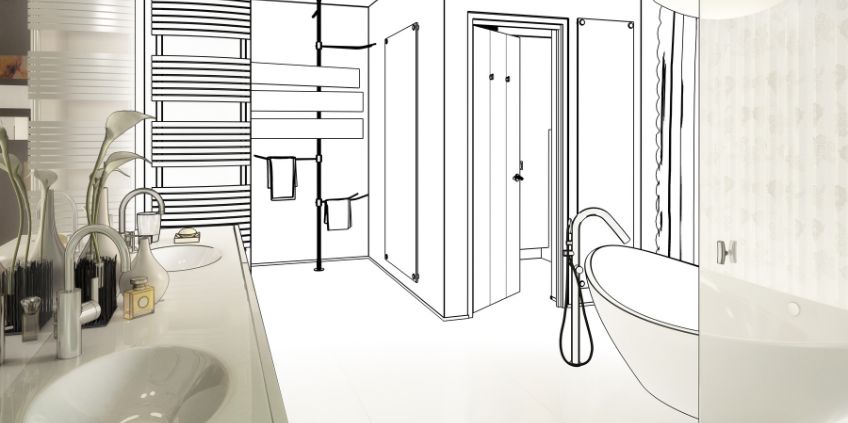
Consider the Space
Take measurements of your current bathroom floor plan and note of any architectural features or obstacles that may impact your design choices. Consider how you can optimize the layout to improve functionality and flow. Think about the placement of key fixtures like the toilet, shower, and vanity to ensure they're positioned for maximum convenience and comfort.
Plumbing and Electrical Considerations
The importance of plumbing and electrical in the bathroom cannot be overlooked. Evaluate your existing plumbing, fixtures and electrical systems to determine if any upgrades or relocations are necessary. You may need to reroute pipes or wiring to accommodate your new fixtures and layout. Consulting with experienced professionals or viewing the National Kitchen and Bath Association (NKBA) guidelines can help you ensure everything is up to code and designed correctly. Even when addressing plumbing and electrical early on in the planning process, be prepared for the possibility of changes to the work needed when what is exactly behind the walls or under cabinets is revealed.
5. Selecting Materials and Fixtures
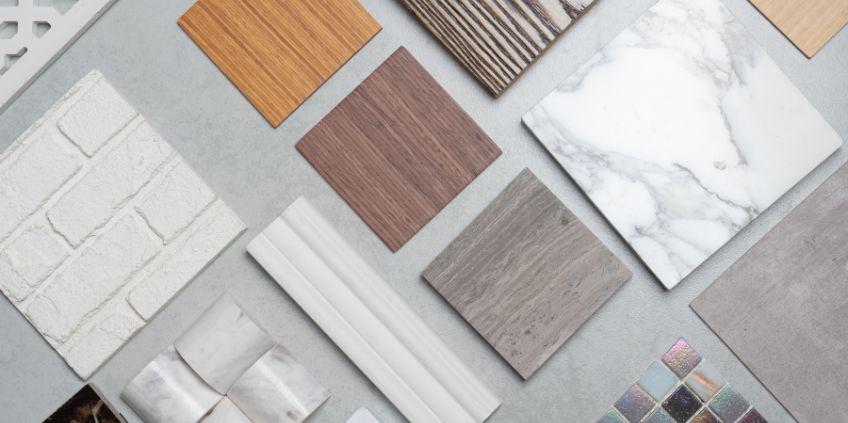
When it comes to selecting materials and fixtures for your bathroom remodel, there are several factors to consider. Let's break it down to make sure you make the best choices for your space.
Choosing Fixtures
When selecting fixtures like sinks, toilets, showers, and bathtubs, it's important to find options that not only match your design preferences but also fit within your budget. Consider the functionality of each fixture and how it will enhance your daily routine. For example, if you have a small bathroom, a space-saving sink or a compact toilet might be more suitable. Additionally, think about the overall aesthetic you want to achieve in your bathroom. Whether you prefer a modern, minimalist look or a classic, traditional style, there are bathroom fixtures available to suit every taste.
Material Selection
The materials you choose for your bathroom will not only impact its appearance but also its durability and maintenance requirements. When it comes to tiles, countertops, flooring, and cabinetry, opt for options that strike the right balance between aesthetics, durability, and cost. For example, porcelain tiles are known for their durability and versatility, making them an excellent choice for bathroom floors and walls. Similarly, quartz countertops offer the beauty of natural stone with minimal maintenance requirements, making them a practical choice for busy households.
Eco-Friendly Options
In today's environmentally conscious world, many homeowners are opting for eco-friendly materials and fixtures in their bathroom remodels. Consider incorporating sustainable materials like bamboo flooring, recycled glass countertops, or low-flow toilets and faucets into your design. Not only do these options help reduce your environmental footprint, but they can also contribute to improved air quality and energy efficiency in your home. Additionally, choosing eco-friendly materials and fixtures may even qualify you for certain tax credits or incentives, making them a smart long-term investment.
6. Project Timeline and Management
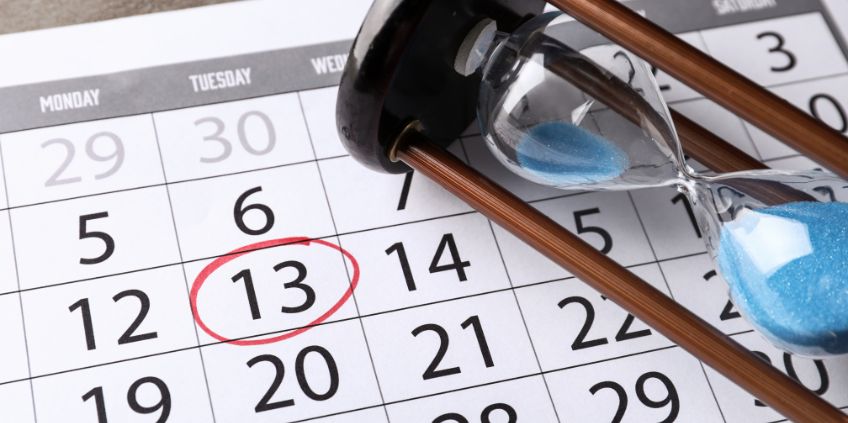
Creating a Timeline
A project timeline is essential to set expectations. It serves as the guide to keeping you and your bathroom remodel on track. By breaking down the project into phases, such as demolition, plumbing, electrical work, and installation of fixtures, realistic timeframes for each portion of work can be defined. Each portion will be different, factoring in the complexity of the work and availability of materials. It may even allow some extra time for potential delays or unforeseen issues that may arise. Flexibility in your timeline is crucial to any remodeling project.
Managing the Project
Using your timeline and working together with your expert will help you manage the project schedule and expectations. It is always a good idea to keep your own records of all activities, including schedule updates, deliveries, and changes to the project. Coordinating regular communication to discuss progress, address any concerns, and ensure everyone is on the same page is essential to managing the project and keeping everyone informed and involved.
Dealing with Unforeseen Issues
Even the best-laid plans will encounter unexpected problems. Whether it’s a hidden plumbing issue or a delay in material delivery, being prepared for unforeseen issues is essential. Setting aside additional funds for emergency expenses or having a backup product option can help minimize unexpected disruptions. By staying calm and working with your professional, you can navigate through challenges without derailing your project.
7. Preparing for Construction
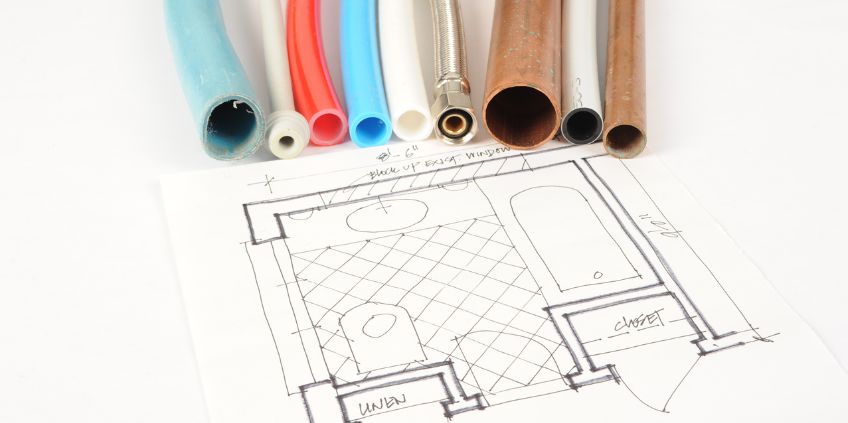
Preparing for the construction phase of your bathroom remodel is ensures a smooth and successful project start. Here are some steps to help you get ready:
- Clearing the Space: Start by removing all personal items from the bathroom, including toiletries, towels, and decorations. Clearing out the space will give your contractors room to work and prevent any damage to your belongings during the renovation process.
- Identify your Alternate Bathroom: Depending on the bathroom being remodeled, you will need to identify bathroom in your home will handle the additional use during construction. By designating another bathroom, you will help minimize disruption to everyone’s daily routine and ensure that you can still function during the remodel.
- Communicate Early and Often: Open and clear communication with your contractor is key to managing expectations and ensuring that the remodeling process goes smoothly. Discuss any concerns or preferences you have regarding the construction phase, such as noise levels, work hours, and access to the rest of your home. Work together to create a plan that minimizes disruption and keeps the project on track.
By taking these steps to prepare for construction, you can ensure that your bathroom remodel progresses smoothly and that you can continue to live comfortably in your home throughout the process.
Start Your Bathroom Remodel Today with Expert Guidance
A well-planned bathroom remodel can enhance your home’s functionality and aesthetics. By following these steps, you can ensure a smooth and successful project.
Ready to get started? Visit our Locations page to find the nearest Reico Kitchen & Bath showroom and schedule a consultation with one of our designers. Whether you're looking to update a vanity and fixtures or completely transform your bathroom, we're here to guide you through every step of the process.
